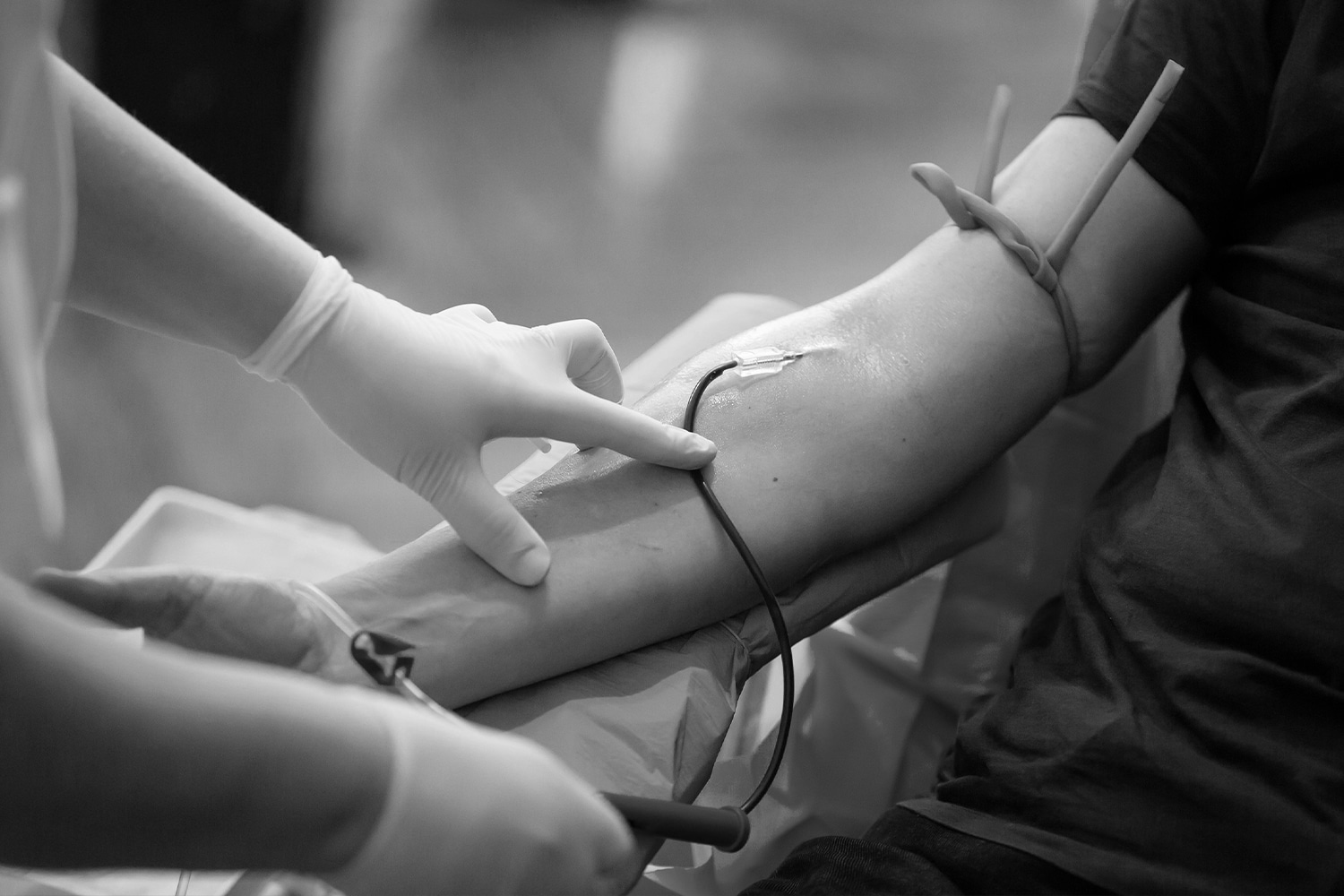More About Northeast Medical Institute - New Haven Campus Phlebotomy Course & Cna Class
Wiki Article
The 20-Second Trick For Northeast Medical Institute - New Haven Campus Phlebotomy Course & Cna Class
Table of ContentsThe 6-Second Trick For Northeast Medical Institute - New Haven Campus Phlebotomy Course & Cna ClassThe Ultimate Guide To Northeast Medical Institute - New Haven Campus Phlebotomy Course & Cna ClassThe 10-Minute Rule for Northeast Medical Institute - New Haven Campus Phlebotomy Course & Cna Class3 Easy Facts About Northeast Medical Institute - New Haven Campus Phlebotomy Course & Cna Class DescribedA Biased View of Northeast Medical Institute - New Haven Campus Phlebotomy Course & Cna ClassThe 3-Minute Rule for Northeast Medical Institute - New Haven Campus Phlebotomy Course & Cna Class
Nevertheless, the usage of such tools ought to be come with by various other infection prevention and control practices, and training in their use. Not all safety devices are appropriate to phlebotomy. Prior to picking a safety-engineered tool, individuals need to thoroughly check out offered gadgets to determine their appropriate use, compatibility with existing phlebotomy practices, and efficiency in securing personnel and individuals (12, 33).For setups with low resources, expense is a motoring variable in purchase of safety-engineered gadgets. Where safety-engineered tools are not available, skilled usage of a needle and syringe is appropriate.
In the blood-sampling area for an outpatient department or clinic, provide a comfy reclining couch with an arm rest.
Northeast Medical Institute - New Haven Campus Phlebotomy Course & Cna Class for Beginners
Guarantee that the indications for blood sampling are plainly defined, either in a written method or in recorded guidelines (e.g. in a laboratory kind). Whatsoever times, comply with the strategies for infection prevention and control detailed in Table 2.2. Infection prevention and control techniques. Accumulate all the tools required for the treatment and location it within secure and simple reach on a tray or trolley, guaranteeing that all the items are clearly noticeable.Present yourself to the person, and ask the person to mention their full name. Examine that the lab kind matches the person's identification (i.e. match the person's information with the laboratory type, to make sure exact identification).
Make the patient comfortable in a supine setting (ideally). Place a clean paper or towel under the client's arm. Discuss the test to be performed (see Annex F) and get spoken authorization. The individual has a right to decline an examination at any type of time prior to the blood tasting, so it is crucial to make sure that the client has recognized the procedure.
Get This Report about Northeast Medical Institute - New Haven Campus Phlebotomy Course & Cna Class
Prolong the individual's arm and evaluate the antecubital fossa or lower arm. Situate a capillary of a good dimension that shows up, straight and clear. The representation in Section 2.3, reveals typical positions of the vessels, however numerous variations are feasible. The mean cubital vein lies in between muscles and is normally the most easy to puncture.DO NOT place the needle where capillaries are drawing away, because this increases the possibility of a haematoma. The blood vessel needs to be noticeable without using the tourniquet. Locating the capillary will help in figuring out the correct size of needle. Apply the tourniquet about 45 finger sizes over the venepuncture website and re-examine the blood vessel.
Samplings from main lines carry a threat of over at this website contamination or wrong laboratory examination outcomes. It is appropriate, yet not excellent, to draw blood specimens when first presenting an in-dwelling venous gadget, before linking the cannula to the intravenous fluids.
The Ultimate Guide To Northeast Medical Institute - New Haven Campus Phlebotomy Course & Cna Class
Failing to permit adequate get in touch with time boosts the risk of contamination. DO NOT touch the cleaned up site; in specific, DO NOT position a finger over the capillary to assist the shaft of the subjected needle.Ask the person to create a hand so the capillaries are extra noticeable. Go into the vein swiftly at a 30 degree angle or much less, and proceed to present the needle along the vein at the simplest angle of access - Phlebotomy Training. Once enough blood has actually been collected, release the tourniquet BEFORE withdrawing the needle
Northeast Medical Institute - New Haven Campus Phlebotomy Course & Cna Class Things To Know Before You Buy
Withdraw the needle carefully and apply mild stress to the site with a clean gauze or completely dry cotton-wool ball. Ask the person to hold the gauze or cotton woollen in position, with the arm prolonged and increased. Ask the individual NOT to bend the arm, because doing so triggers a haematoma.
The Northeast Medical Institute - New Haven Campus Phlebotomy Course & Cna Class PDFs
Do not push the syringe plunger since additional stress increases the threat of haemolysis. Where possible, maintain the tubes in a shelf and move the shelf in the direction of you. Infuse downwards right into the appropriate coloured stopper. DO NOT eliminate the stopper due to the fact that it will certainly launch the vacuum cleaner. If the sample tube does not have a rubber stopper, infuse very slowly right into television as lessening the pressure and velocity made use of to move the specimen reduces the danger of haemolysis.
Report this wiki page